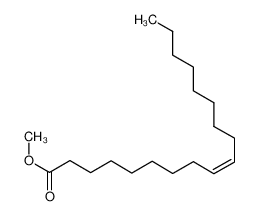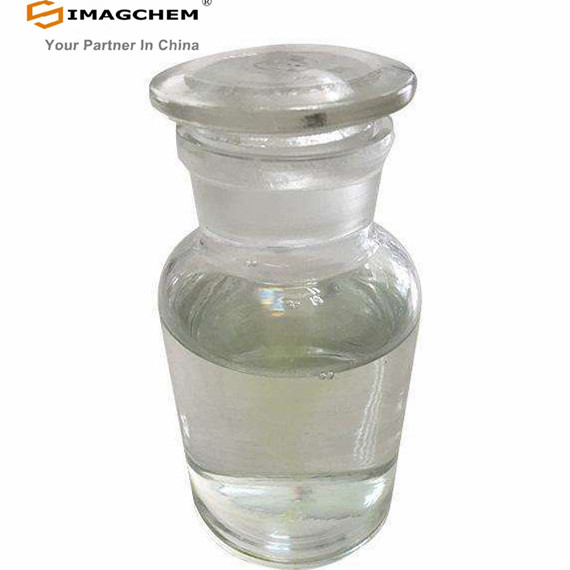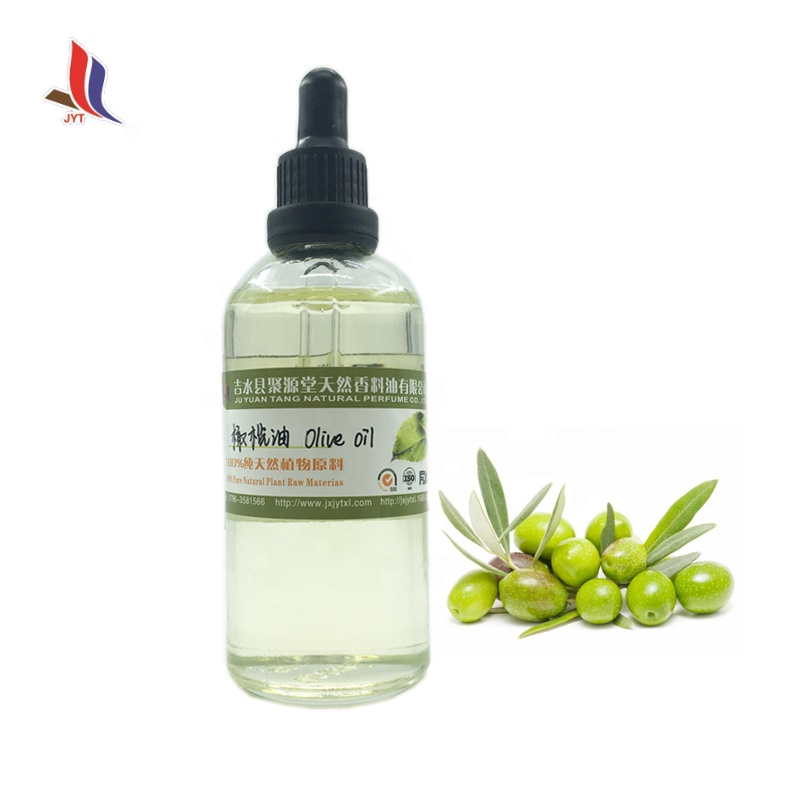
-
Olive oil
CAS No.: 8001-25-0 Formula: Molecular Weight: 0.00000Search Suppliers
-
Olive oil
CAS No.:8001-25-0
Formula: Molecular Weight: 0.00000
Basic Info
Chemical Name |
Olive oil |
|---|---|
Synonyms |
Novox; Olive, ext.; Oils, glyceridic, olive; Cropure OL; Fats and Glyceridic oils, olive; Cropure OL-LQ(JP); Olea europaea ext.; Oils, olive; CropureOL LQ-(JP); Giant; Wasabi oil K 0251; Olea europaea extract; Sulfur olive oil; Oleum Olivarum; Olea europaea oil; Cropure oil; Oliterra Pure Olive Oil; Expand |
CAS No. |
8001-25-0 |
Molecular Formula |
|
Molecular Weight |
0.00000 |
PSA |
0.00000 |
LogP |
0.00000 |
Numbering system
| UNII | 6UYK2W1W1E |
|---|
MSDS
Total 1 Documents >>-
MSDS
Expand -
MSDS
Collapse
Section 1 - Chemical Product MSDS Name:Olive oil Material Safety Data SheetName: Olive oil Material Safety Data Sheet Synonym: Olive oil (edible) CAS: 8001-25-0
Synonym:Olive oil (edible)
Section 2 - COMPOSITION, INFORMATION ON INGREDIENTS
Hazard Symbols: None Listed.CAS# Chemical Name content EINECS# 8001-25-0 Olive oil ca. 100 232-277-0
Risk Phrases: None Listed.
Section 3 - HAZARDS IDENTIFICATION
EMERGENCY OVERVIEW
Not available.
Potential Health Effects
Eye:
Contact may cause transient eye irritation.
Skin:
Prolonged and/or repeated contact may cause irritation and/or dermatitis. Low hazard for usual industrial handling.
Ingestion:
Low hazard for usual industrial handling.
Inhalation:
Low hazard for usual industrial handling.
Chronic:
No information found.
Section 4 - FIRST AID MEASURES
Eyes: Flush eyes with plenty of water for at least 15 minutes, occasionally lifting the upper and lower eyelids. If irritation develops, get medical aid.
Skin:
Flush skin with plenty of water for at least 15 minutes while removing contaminated clothing and shoes. Get medical aid if irritation develops or persists.
Ingestion:
Get medical aid if irritation or symptoms occur.
Inhalation:
Remove from exposure and move to fresh air immediately. If not breathing, give artificial respiration. If breathing is difficult, give oxygen. Get medical aid if cough or other symptoms appear.
Notes to Physician:
Section 5 - FIRE FIGHTING MEASURES
General Information:
As in any fire, wear a self-contained breathing apparatus in pressure-demand, MSHA/NIOSH (approved or equivalent), and full protective gear.
Extinguishing Media:
Use foam, dry chemical, or carbon dioxide. Water may spread fire.
Section 6 - ACCIDENTAL RELEASE MEASURES
General Information: Use proper personal protective equipment as indicated in Section 8.
Spills/Leaks:
Wash area with soap and water. Sweep up, then place into a suitable container for disposal. Absorb spill using an absorbent, non-combustible material such as earth, sand, or vermiculite. Do not use combustible materials such as sawdust.
Section 7 - HANDLING and STORAGE
Handling:
Wash thoroughly after handling. Remove contaminated clothing and wash before reuse. Do not get on skin or in eyes. Do not ingest or inhale.
Storage:
Store in a cool, dry place.
Section 8 - EXPOSURE CONTROLS, PERSONAL PROTECTION
Engineering Controls:
There are no special ventilation requirements.
Exposure Limits CAS# 8001-25-0: Personal Protective Equipment Eyes: Wear safety glasses and chemical goggles if splashing is possible.
Skin:
Wear appropriate gloves to prevent skin exposure.
Clothing:
Wear appropriate protective clothing to prevent skin exposure.
Respirators:
Follow the OSHA respirator regulations found in 29 CFR 1910.134 or European Standard EN 149. Use a NIOSH/MSHA or European Standard EN 149 approved respirator if exposure limits are exceeded or if irritation or other symptoms are experienced.
Section 9 - PHYSICAL AND CHEMICAL PROPERTIES
Physical State: Liquid
Color: Not available.
Odor: odorless
pH: Not available.
Vapor Pressure: Not available.
Viscosity: Not available.
Boiling Point: Not available.
Freezing/Melting Point: Not available.
Autoignition Temperature: Not available.
Flash Point: 225 deg C ( 437.00 deg F)
Explosion Limits, lower: Not available.
Explosion Limits, upper: Not available.
Decomposition Temperature:
Solubility in water: Insoluble.
Specific Gravity/Density: .9200g/cm3
Molecular Formula:
Molecular Weight:
Section 10 - STABILITY AND REACTIVITY
Chemical Stability:
Stable under normal temperatures and pressures.
Conditions to Avoid:
Incompatible materials.
Incompatibilities with Other Materials:
Strong oxidizers.
Hazardous Decomposition Products:
Carbon monoxide, carbon dioxide.
Hazardous Polymerization: Has not been reported.
Section 11 - TOXICOLOGICAL INFORMATION
RTECS#:
CAS# 8001-25-0: RK4300000 LD50/LC50:
CAS# 8001-25-0: Draize test, rabbit, skin: 100 mg/48H Moderate.
Carcinogenicity:
Olive oil - Not listed by ACGIH, IARC, or NTP.
Other:
See actual entry in RTECS for complete information.
Section 12 - ECOLOGICAL INFORMATION
Other No information available.
Section 13 - DISPOSAL CONSIDERATIONS
Dispose of in a manner consistent with federal, state, and local regulations.
Section 14 - TRANSPORT INFORMATION
IATA
Not regulated as a hazardous material.
IMO
Not regulated as a hazardous material.
RID/ADR
Not regulated as a hazardous material.
Section 15 - REGULATORY INFORMATION
European/International Regulations
European Labeling in Accordance with EC Directives
Hazard Symbols: Not available.
Risk Phrases:
Safety Phrases:
WGK (Water Danger/Protection)
CAS# 8001-25-0: 0
Canada
CAS# 8001-25-0 is listed on Canada's DSL List.
CAS# 8001-25-0 is not listed on Canada's Ingredient Disclosure List.
US FEDERAL
TSCA
CAS# 8001-25-0 is listed on the TSCA inventory.
SECTION 16 - ADDITIONAL INFORMATION
N/A
Toxicity
Total 4 Documents >>| Exposure Route | Type of Test | Species Observed | Dose/Duration | Toxic Effects |
|---|---|---|---|---|
| Administration onto the skin | Standard Draize test | Human | 300 mg/3D (Intermittent) | - |
| Administration onto the skin | Standard Draize test | Human - man | 50 mg/48H | - |
| Administration onto the skin | Standard Draize test | Rodent - rabbit | 100 mg/48H | - |

Other items you might be interested in

-
CAS No.: 112945-52-5
Silica, fumed

-
CAS No.: 33069-62-4
Paclitaxel

-
CAS No.: 11021-13-9
Ginsenoside Rb2

-
CAS No.: 26328-04-1
Cinepazide maleate

-
CAS No.: 501-36-0
Resveratrol














-
-

-
-
-

-
-
-

-
-
-

-
-
-

-
-
-

-
-
-

-
-
-

-
-
-

-
More Suppliers>>Hangzhou J&H Chemical Co., Ltd.
CHINA
Purity: 98%
Lead Time: 7 Day(s)
Price: -
Xiamen Zhixin Chemical Co., Ltd.
CHINA
Purity: 99%
Lead Time: 3 Day(s)
Price: -
Henan Coreychem Co.,Ltd
CHINA
Purity: 98%
Lead Time: 3 Day(s)
Price: -
Skyrun Industrial Co., Limited
CHINA
Purity: 99%
Lead Time: 7 Day(s)
Price: -
CHINA
Purity: 99%
Lead Time: 3 Day(s)
Price: Min $100 /kg
CHINA
Purity: 99%
Lead Time: 15 Day(s)
Price: Min $5.88 /kg
Jiangxi Wanhua Spice Co., Ltd.
CHINA
Purity: 0.9999%
Lead Time: 2-3 Day(s)
Price: -
Ji'an Huatianbao Chinese Herbal Medicine Products Factory
CHINA
Purity: 0.9999%
Lead Time: 2-3 Day(s)
Price: -
Shenzhen Diweijia Biotechnology Co., Ltd.
CHINA
Purity: 99.99%
Lead Time: 3 Day(s)
Price: -